Hand-painted ceramics are treasures from around the world, each piece showcasing a culture’s artistry and history. From delicate Ming Dynasty porcelain to the colorful vibrancy of Mexican Talavera pottery, these ceramics reflect the skill and creativity of generations. Collectors and enthusiasts prize them not only for their beauty but also for the craftsmanship and history they represent. Each piece tells a unique story through its designs, colors, and intricate detailing. Let’s explore some of the most valuable and cherished hand-painted ceramics found across the globe.
Ming Dynasty Porcelain (China)
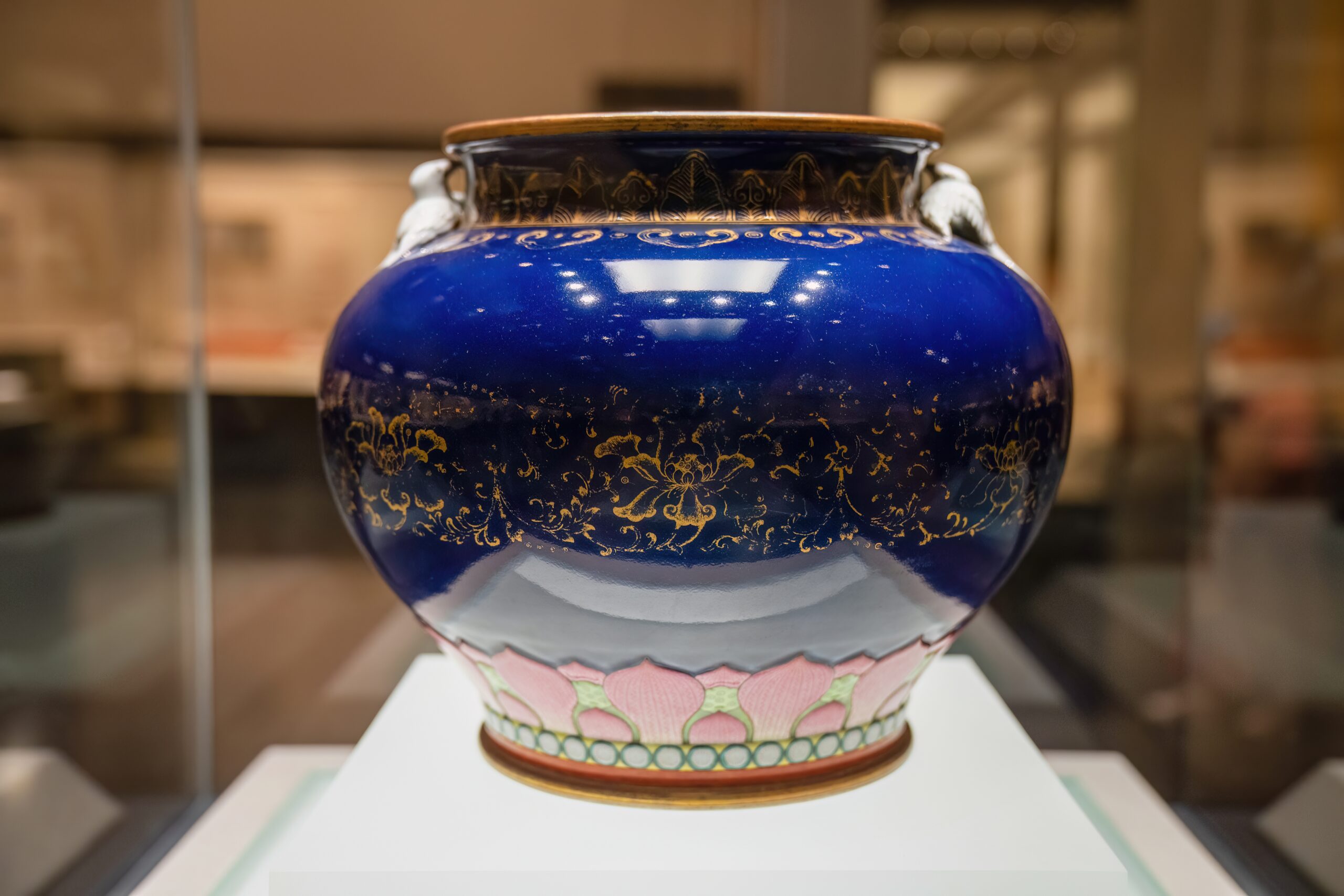
Ming Dynasty porcelain stands as one of China’s most celebrated artistic legacies. Renowned for its cobalt blue designs on a white background, Ming porcelain is highly sought after by collectors worldwide. The pieces often depict detailed floral patterns, dragons, and imperial symbols, symbolizing power and elegance. Skilled artisans crafted each piece meticulously, achieving remarkable thinness and lightness. Today, authentic Ming porcelain can fetch millions at auctions; a notable example, the Meiyintang “Chicken Cup,” sold for over $36 million. The historical significance and craftsmanship make these pieces extraordinary.
Iznik Tiles (Turkey)
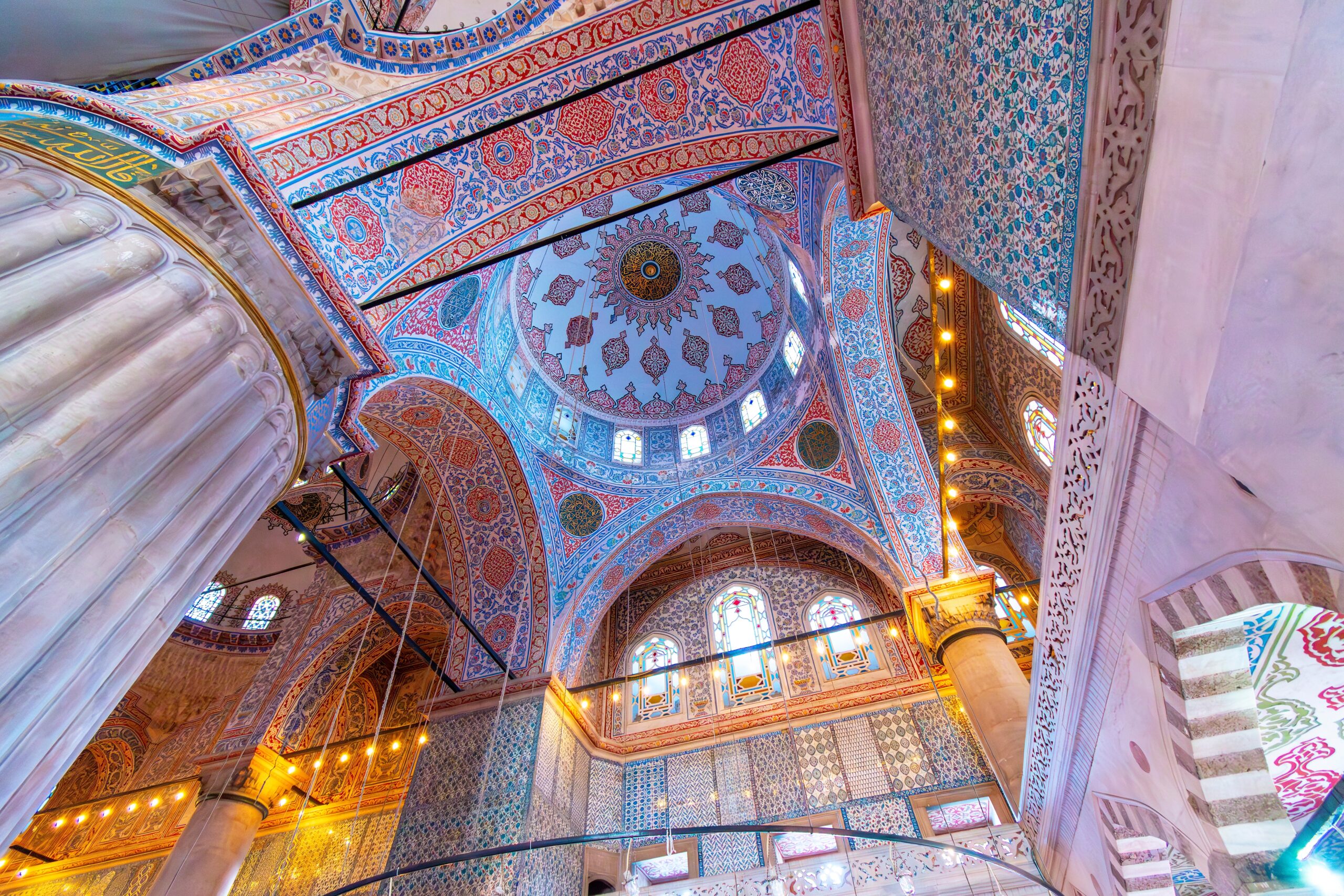
Iznik tiles from Turkey showcase stunning Ottoman designs with intricate floral and geometric patterns in vivid colors like blue, turquoise, and red. Artisans created these hand-painted ceramics in the 15th and 16th centuries, using a unique glazing technique that gave the tiles their lustrous shine and durability. Iznik tiles decorated palaces and mosques throughout the Ottoman Empire, making them symbols of luxury and grandeur. Collectors value these tiles highly, with individual pieces ranging from $5,000 to $20,000 depending on size and condition. The legacy of Iznik tiles endures as a representation of Ottoman art.
Talavera Pottery (Mexico)
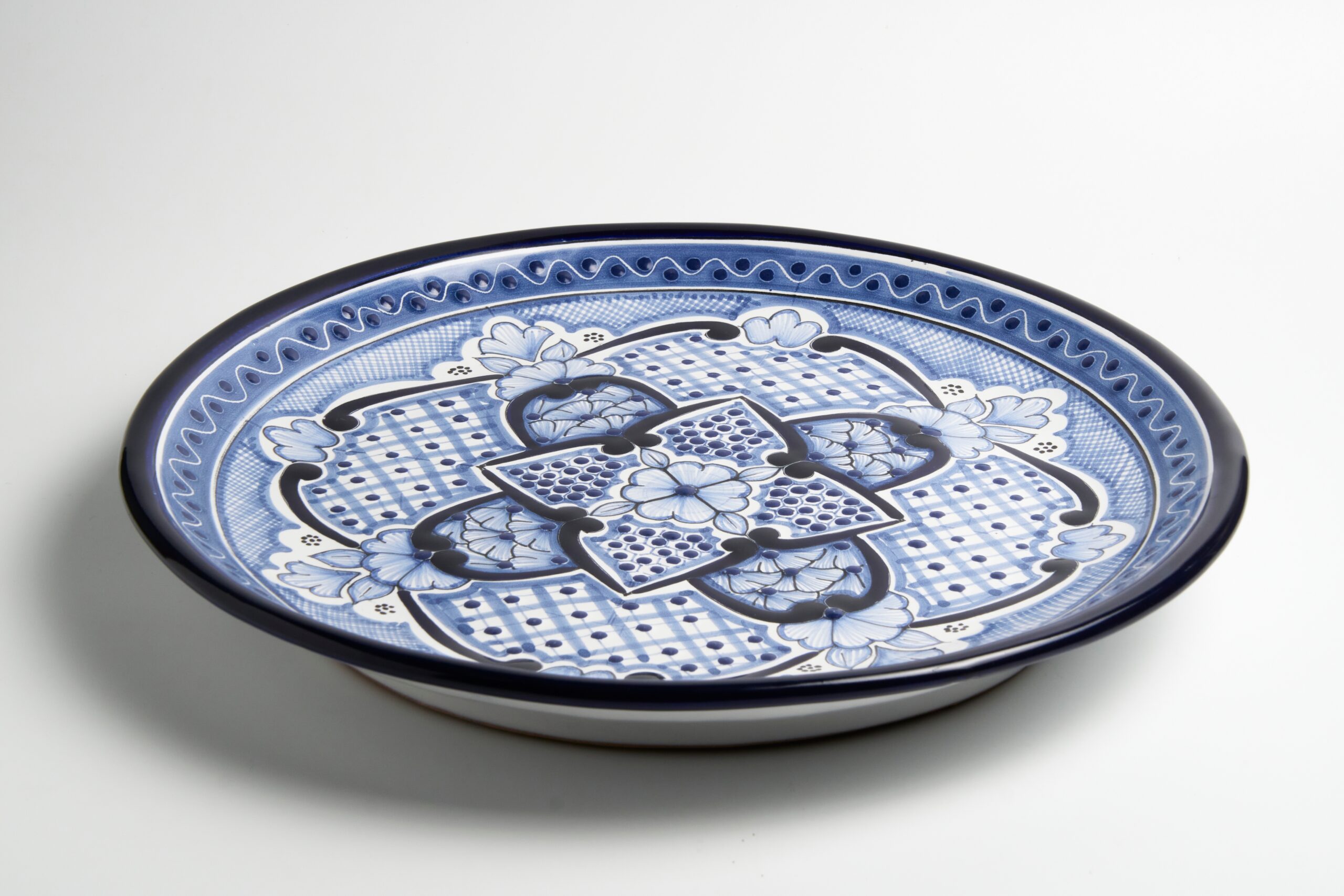
Talavera pottery, known for its vibrant colors and intricate designs, is a celebrated ceramic style from Puebla, Mexico. This style draws influence from Spanish and indigenous Mexican art, resulting in distinct patterns that often depict flowers, birds, and other natural elements. Each piece is hand-painted with bright blues, yellows, and greens that bring Mexican culture to life. Authentic Talavera pottery, verified by certification, can range in price from $100 for small items to $1,000 or more for large, intricately detailed pieces. These ceramics are a joyful blend of artistry and heritage.
Royal Delft Blue (Netherlands)
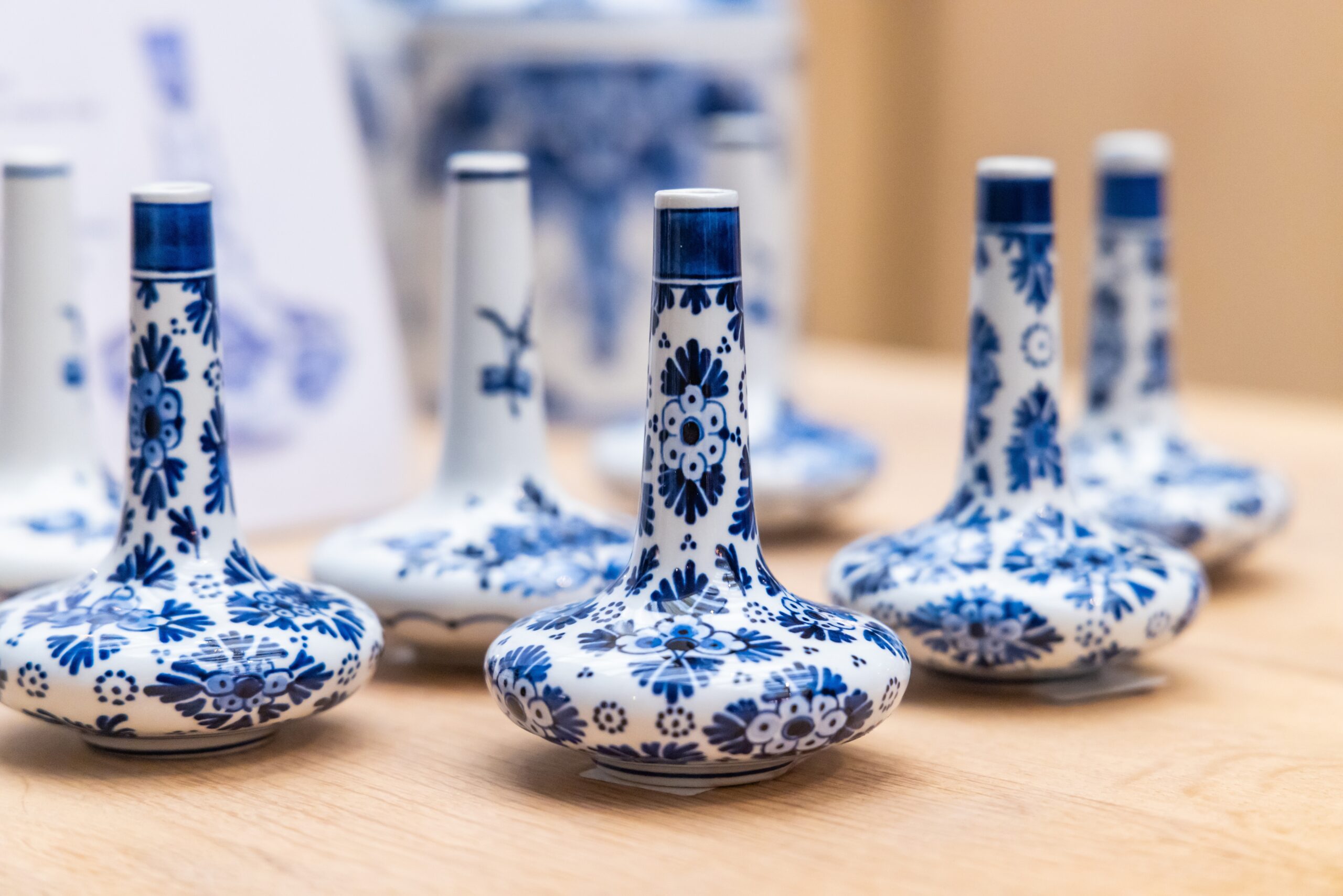
Royal Delft Blue ceramics are iconic Dutch treasures, known for their hand-painted blue and white motifs. Crafted in the Netherlands since the 17th century, each piece showcases scenic landscapes, windmills, and tulips, embodying Dutch charm and tradition. Only a few authentic manufacturers still produce these timeless ceramics, making them even more valuable. Prices for Royal Delft Blue pieces can vary significantly, with small decorative items starting around $50, while larger, more intricate pieces may sell for several thousand dollars. Each item is a testament to Dutch craftsmanship and elegance.
Imari Ware (Japan)
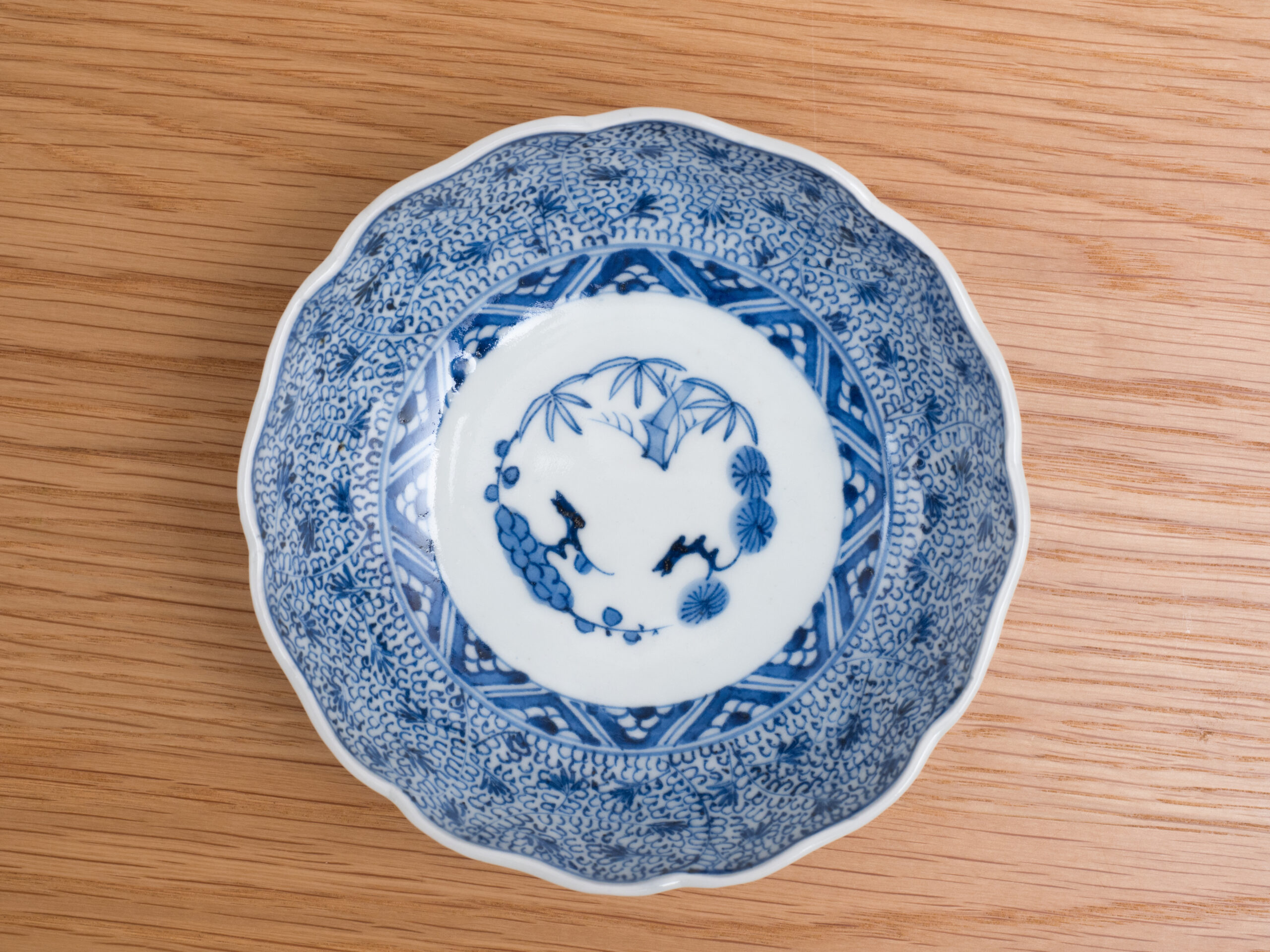
Imari ware from Japan is celebrated for its bold color palette of cobalt blue, iron red, and gold accents. Originating in the town of Arita, these ceramics gained popularity in the 17th century, with pieces exported extensively to Europe. Imari ware often features intricate scenes of flowers, birds, and landscapes, each meticulously hand-painted by artisans. Genuine antique Imari pieces can command prices ranging from $500 to $10,000, depending on age and condition. The vibrant colors and intricate designs make Imari ware a collector’s favorite worldwide.
Sèvres Porcelain (France)
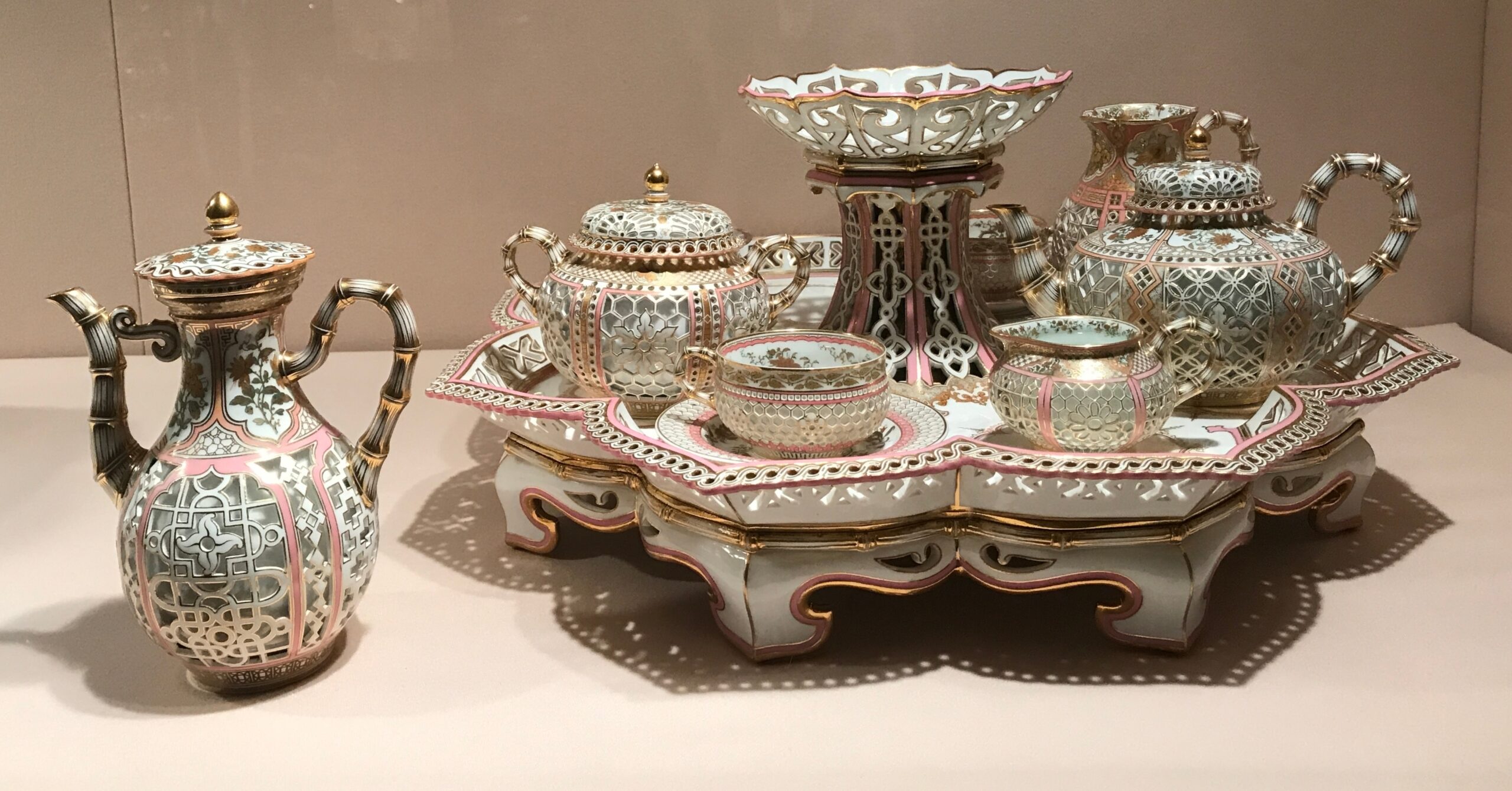
Sèvres porcelain, crafted in France since the 18th century, epitomizes luxury and refinement. Known for its soft-paste porcelain and delicate hand-painted designs, Sèvres pieces often feature floral patterns, pastoral scenes, and gilded accents. These ceramics were favorites among European royalty and remain symbols of sophistication. Collectors place high value on authentic Sèvres pieces, with some fetching upwards of $10,000 to $50,000, particularly for rare items from the 18th and 19th centuries. Sèvres porcelain is cherished for its beauty and historical significance in European art.
Deruta Majolica (Italy)
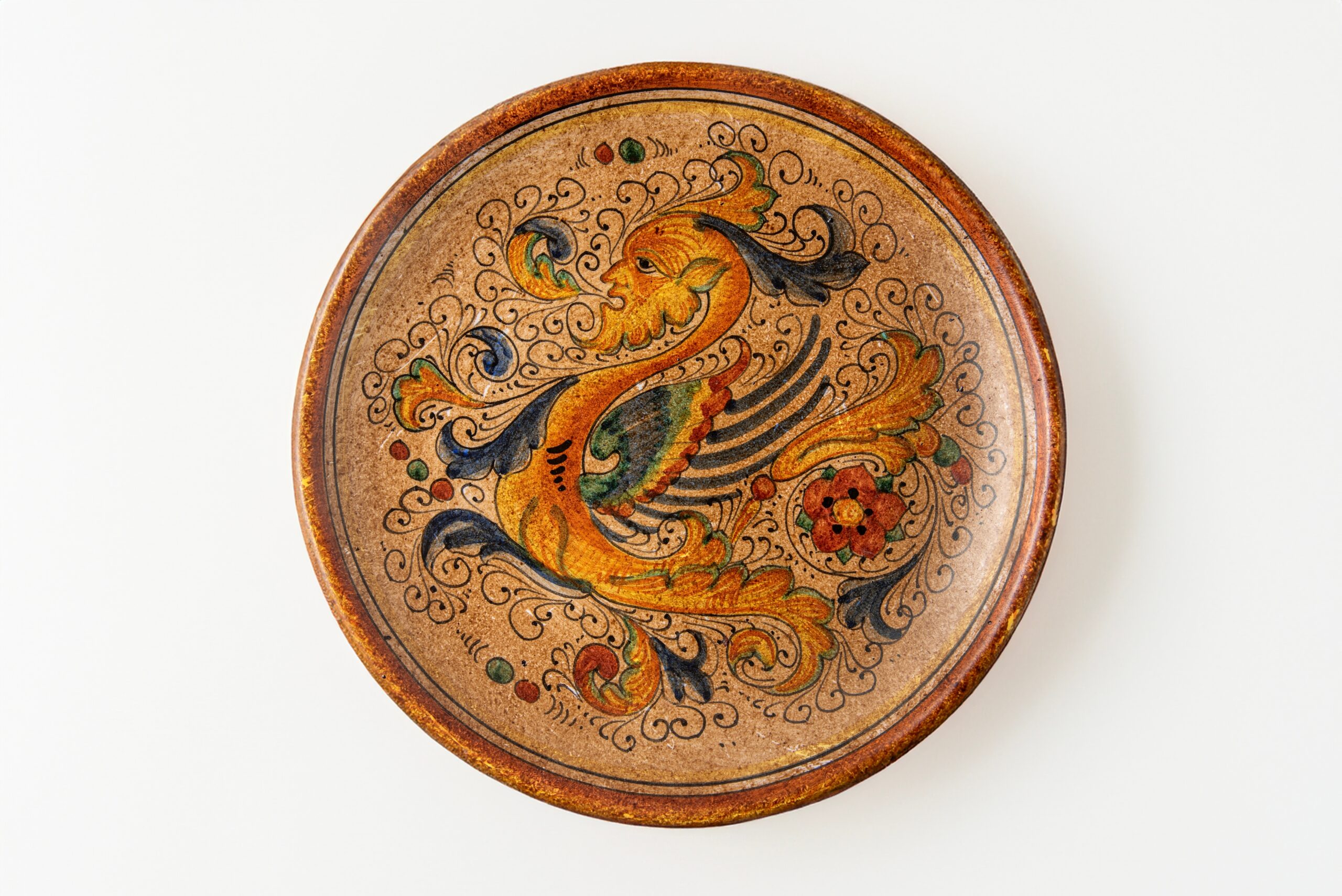
Deruta Majolica from Italy is renowned for its vibrant glazes and intricate hand-painted designs. Originating from the town of Deruta in the 16th century, these ceramics often feature traditional motifs, such as geometric patterns and mythical creatures. Artisans use rich colors like blue, green, and yellow, creating a distinct look that stands out. Today, authentic Deruta pieces range in value, with smaller items priced around $100 and rare, large pieces fetching several thousand dollars. Deruta Majolica remains a classic symbol of Italian craftsmanship.
Lladró Figurines (Spain)
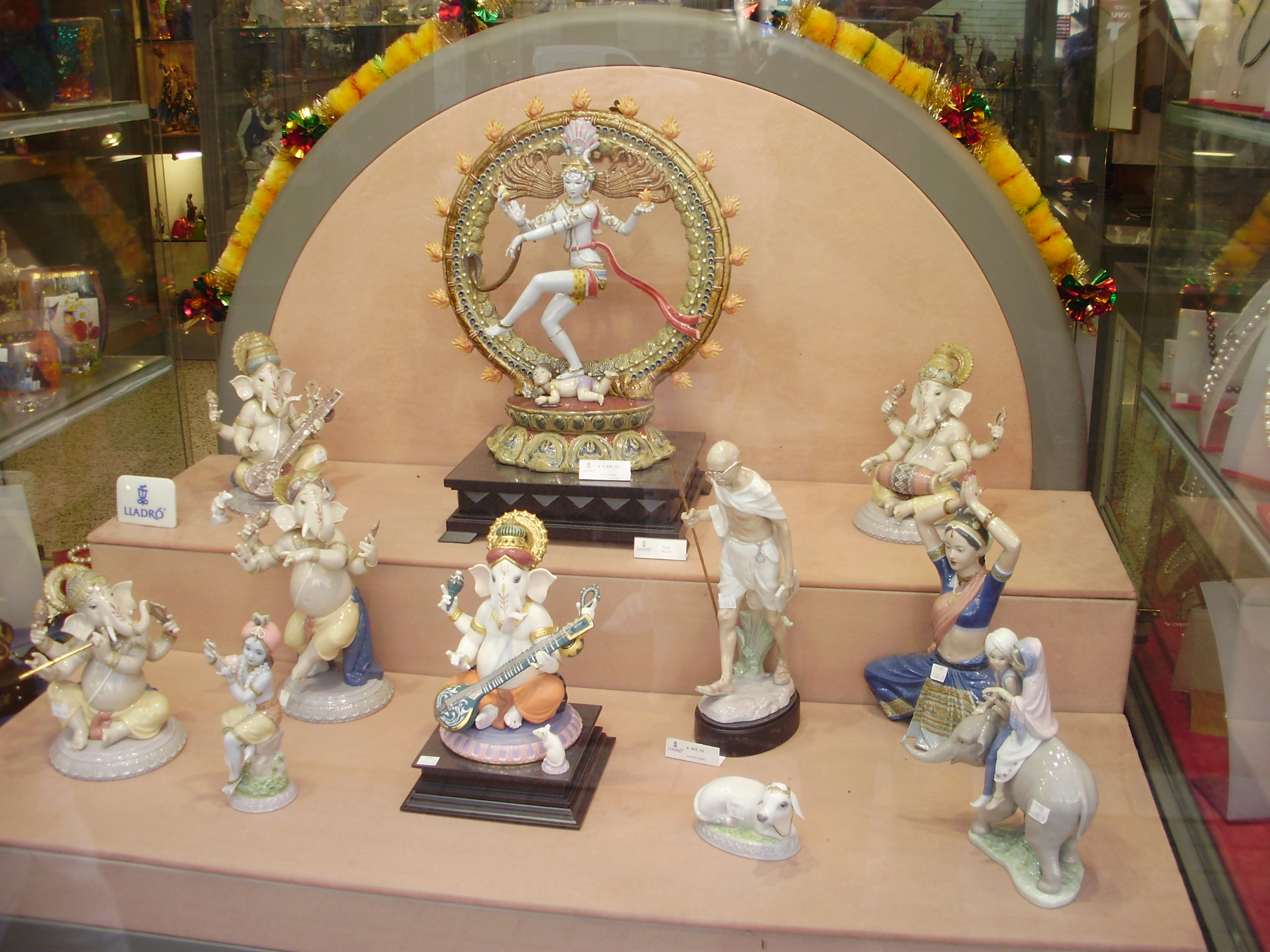
Lladró figurines from Spain are exquisite, hand-painted porcelain pieces, known for their delicate and lifelike detail. Founded in 1953, Lladró has become internationally recognized, with each figurine meticulously crafted by artisans in Valencia. The figurines often depict scenes of love, family, and nature, capturing moments of beauty and grace. Collectors value Lladró figurines highly, with limited edition pieces ranging from $200 to several thousand dollars, depending on rarity and condition. Lladró’s dedication to artistry makes each piece a treasured addition to any collection.
Meissen Porcelain (Germany)
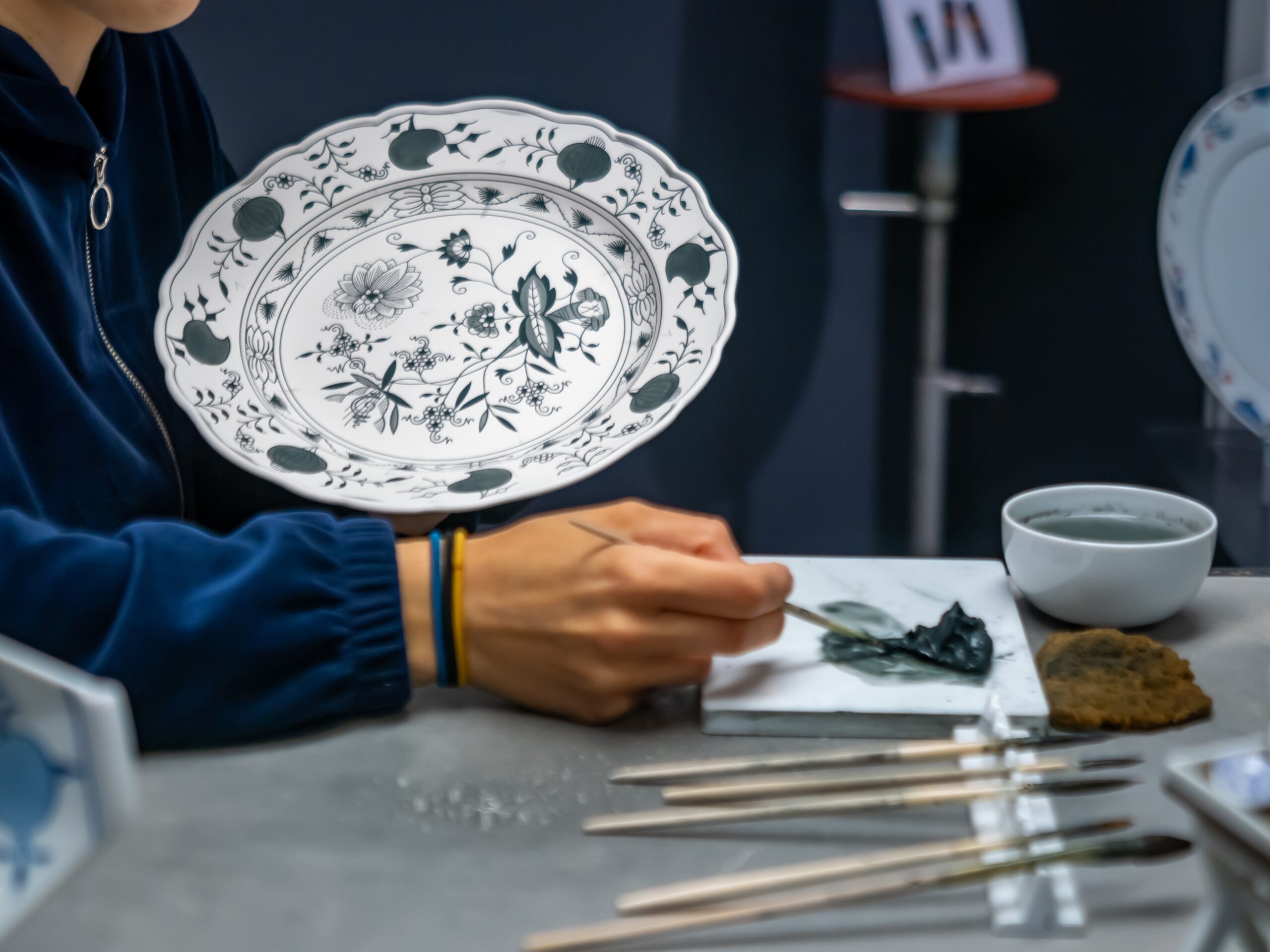
Meissen porcelain, crafted since the early 18th century, is known for its elegant hand-painted floral designs and intricate detailing. Originating in the town of Meissen, this porcelain was Europe’s first true hard-paste porcelain, marking a significant innovation in ceramic artistry. Decorated with scenes of European life, flowers, and rich gold accents, these pieces exude sophistication and luxury. Collectors highly prize Meissen porcelain, and individual pieces often fetch $1,000 to $10,000, depending on rarity and condition. Each item reflects the meticulous skill and dedication of German artisans.
Satsuma Ware (Japan)
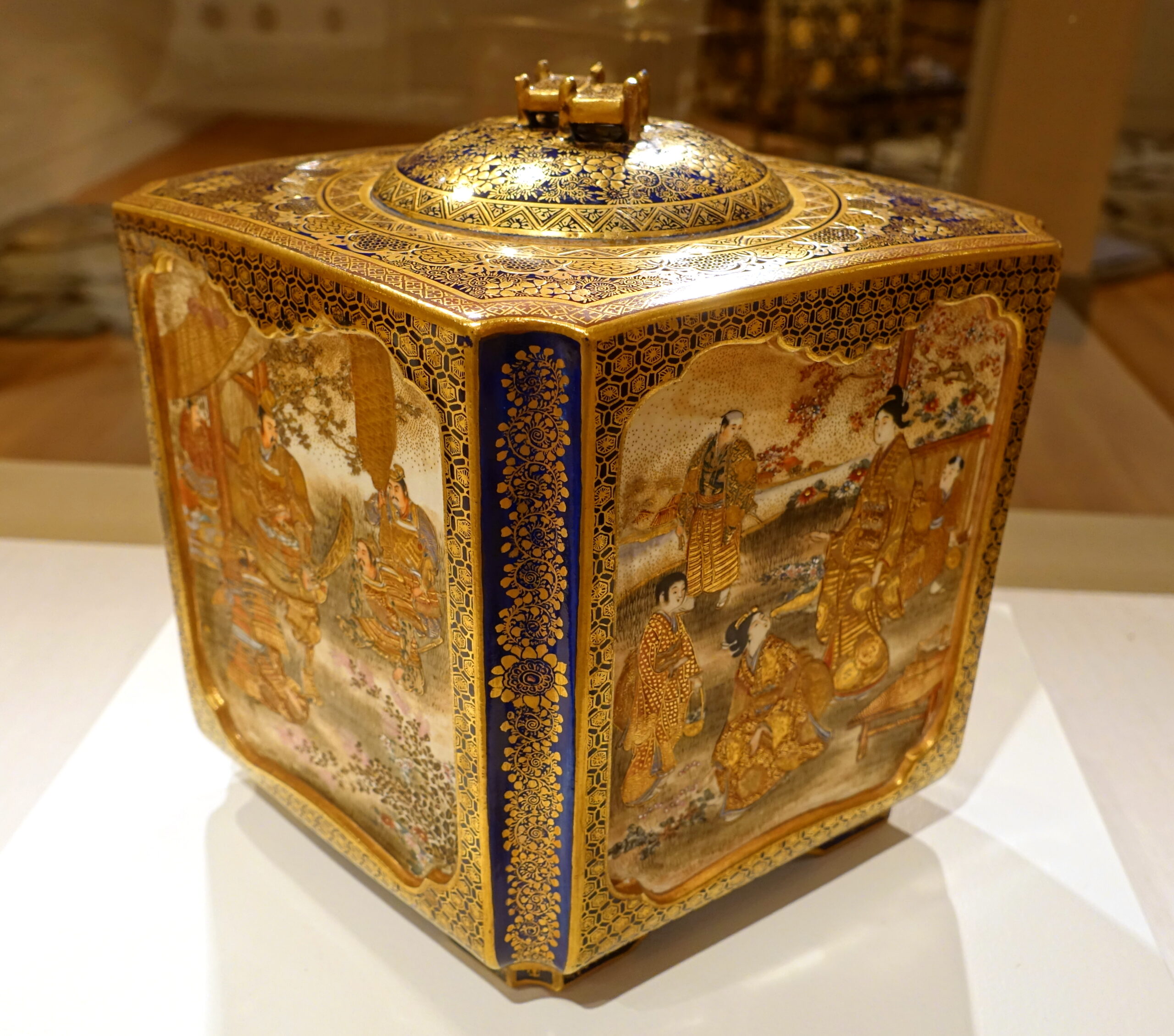
Satsuma ware, originating in Japan during the early Edo period, is celebrated for its detailed hand-painted designs and soft ivory background. These ceramics often feature scenes from Japanese folklore, with landscapes, flowers, and figures painted in fine lines and vibrant colors. Artisans carefully crafted each piece, applying gold and other rich colors to create a textured, luxurious finish. Antique Satsuma ware is highly sought after, with prices ranging from $500 for smaller pieces to $20,000 for rare, intricate examples. The delicate artistry makes each piece a treasured collector’s item.
Kütahya Ceramics (Turkey)
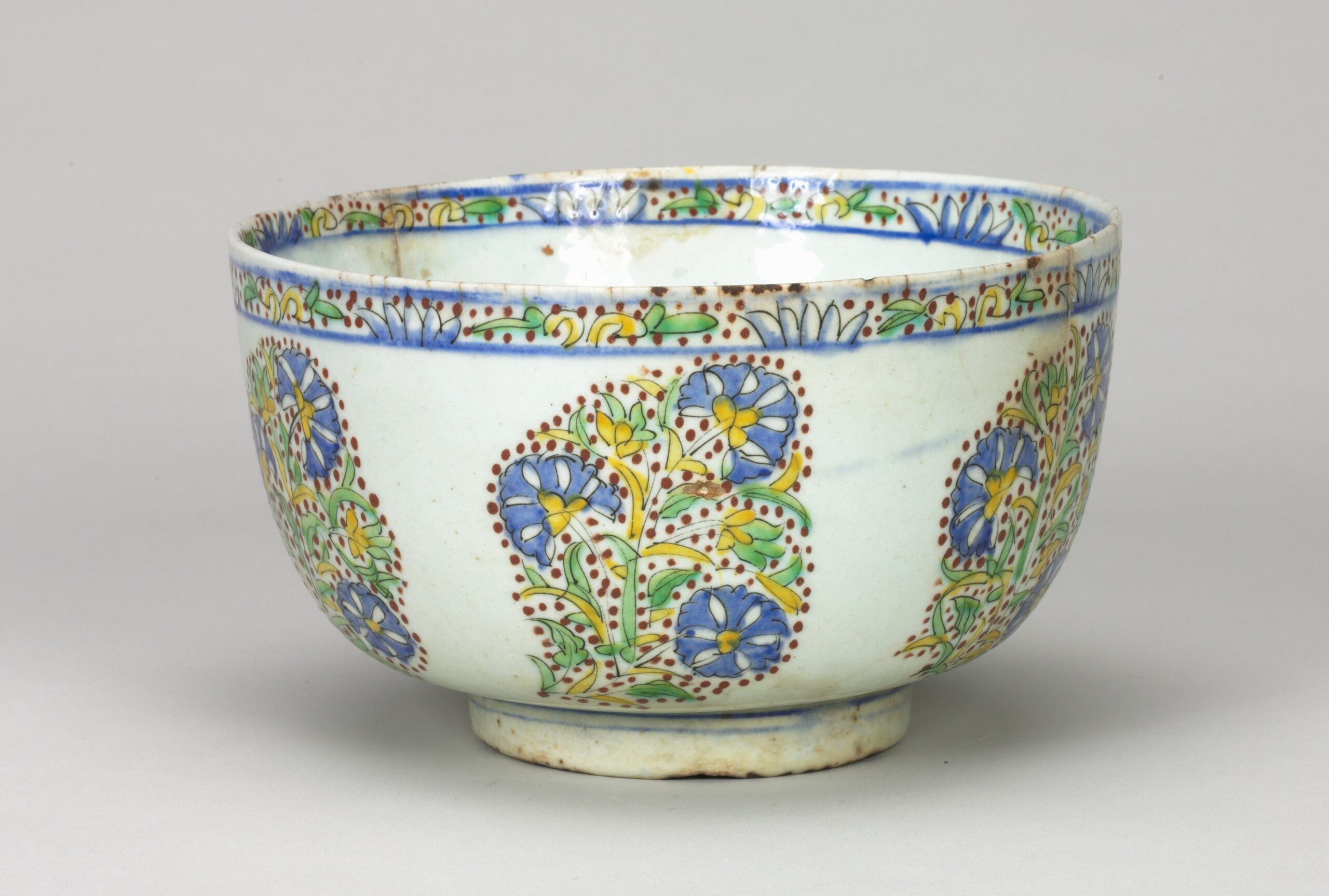
Kütahya ceramics are a remarkable representation of Turkish art, featuring bold colors and intricate geometric and floral patterns. Originating from the town of Kütahya, these hand-painted ceramics have been crafted since the Ottoman Empire, using rich blues, reds, and greens. Artisans in Kütahya developed unique techniques that give the ceramics a glossy, vivid finish that draws the eye. Today, Kütahya ceramics vary widely in price, with smaller pieces starting at $100, while larger or antique items can sell for several thousand dollars. These ceramics embody Turkish cultural and artistic heritage.
Nymphenburg Porcelain (Germany)
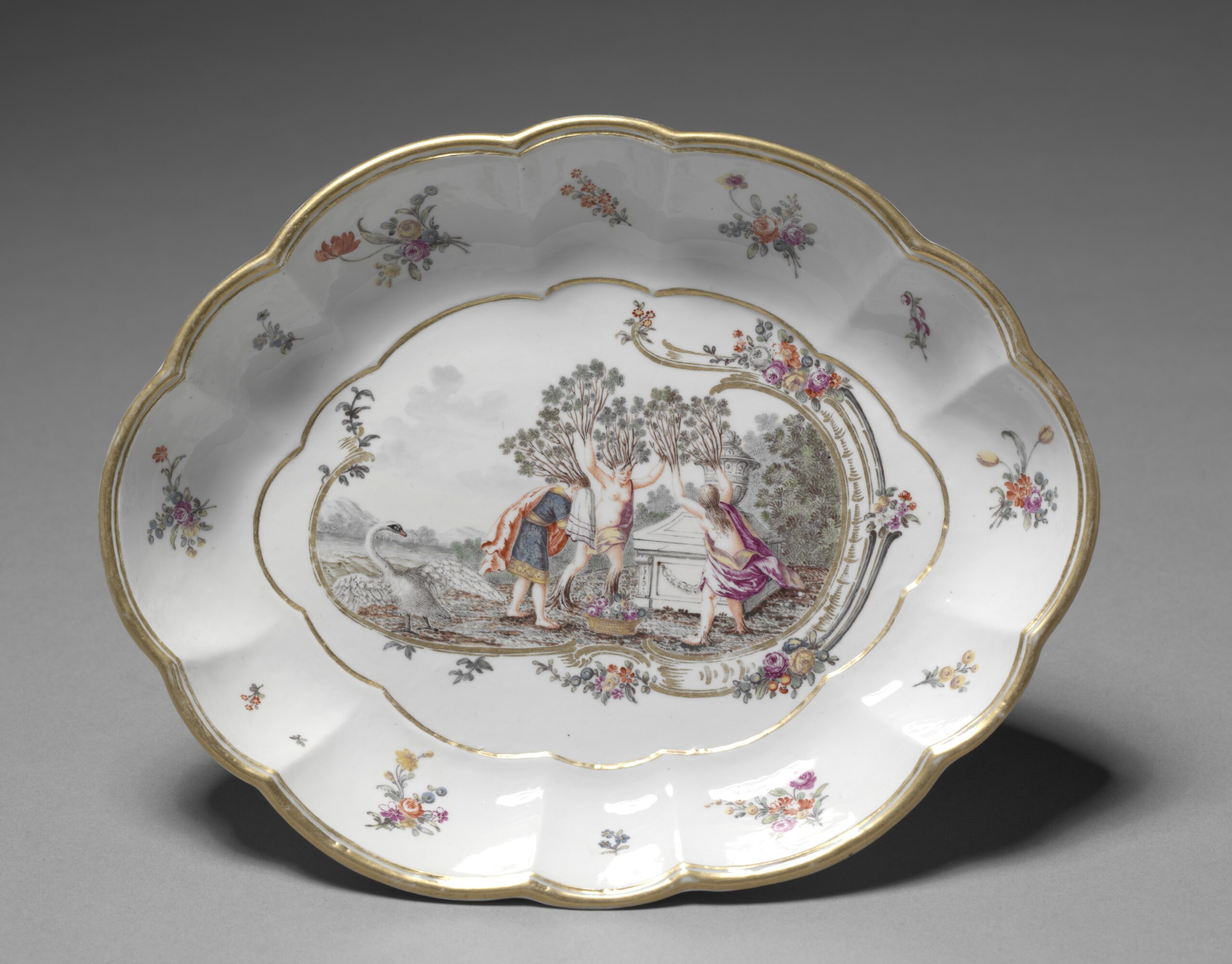
Nymphenburg porcelain, crafted in Germany since the mid-18th century, is renowned for its fine detail and artistic elegance. The pieces often feature hand-painted floral designs, landscapes, and whimsical figurines, with a distinctly European charm. Nymphenburg artisans use high-quality materials and intricate painting techniques, making each piece a work of art. Collectors highly value Nymphenburg pieces, with rare figurines and plates ranging from $500 to $15,000 or more. The exceptional craftsmanship and historic significance elevate Nymphenburg porcelain in the world of fine ceramics.
Faience of Quimper (France)
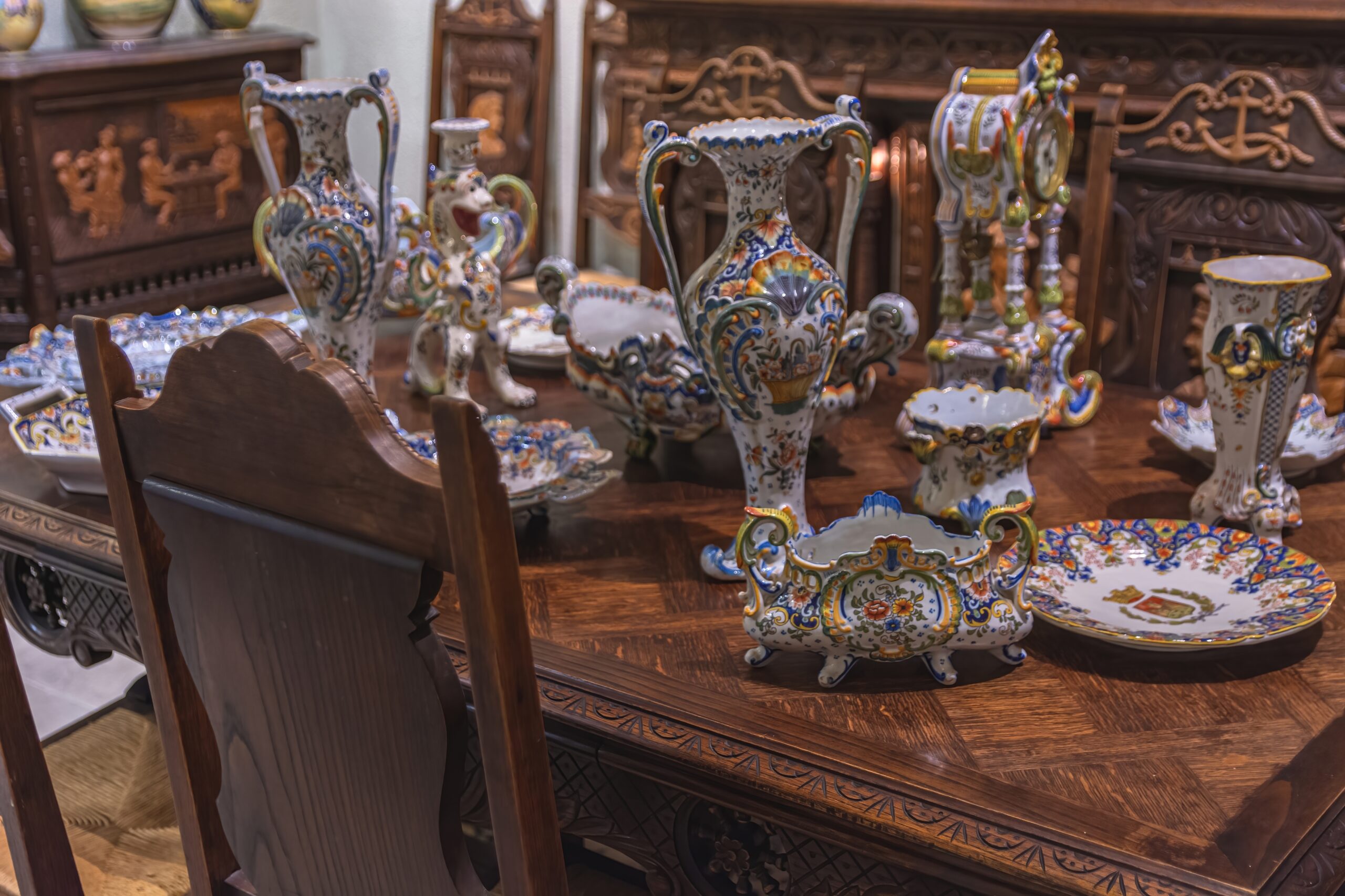
Faience of Quimper, produced in Brittany, France, since the late 17th century, is cherished for its rustic charm and hand-painted folk art designs. The vibrant colors and simple patterns, often depicting traditional Breton figures, reflect the region’s unique cultural heritage. Each piece is painted by hand, giving it a warm, personal touch that stands out among European ceramics. Collectors value Quimper faience for its distinct style and history, with prices ranging from $50 for smaller pieces to over $2,000 for rare or antique items. The lively colors and charming patterns make Quimper faience a true collector’s favorite.
Acoma Pueblo Pottery (USA)
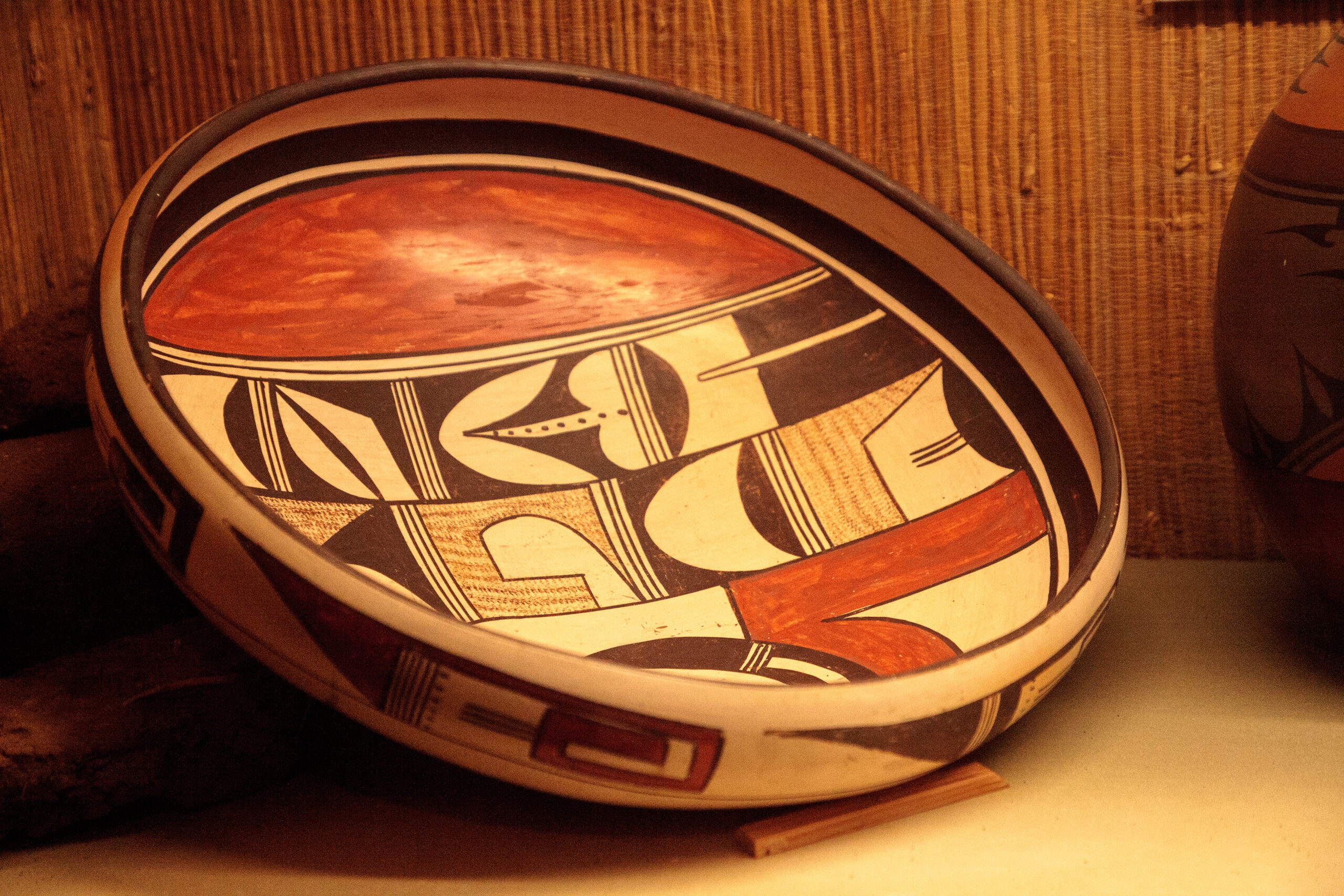
Acoma Pueblo pottery, crafted by the Acoma people of New Mexico, reflects a rich Native American heritage. Known for its intricate geometric patterns and hand-painted designs, Acoma pottery showcases skillful techniques passed down through generations. These pieces often feature black and white motifs with striking red or orange accents, depicting symbols and scenes significant to Acoma culture. Collectors highly value authentic Acoma pottery, with prices typically ranging from $200 for smaller pieces to over $5,000 for rare or historic works. The artistry and cultural significance make each piece a remarkable treasure.
Royal Worcester (England)
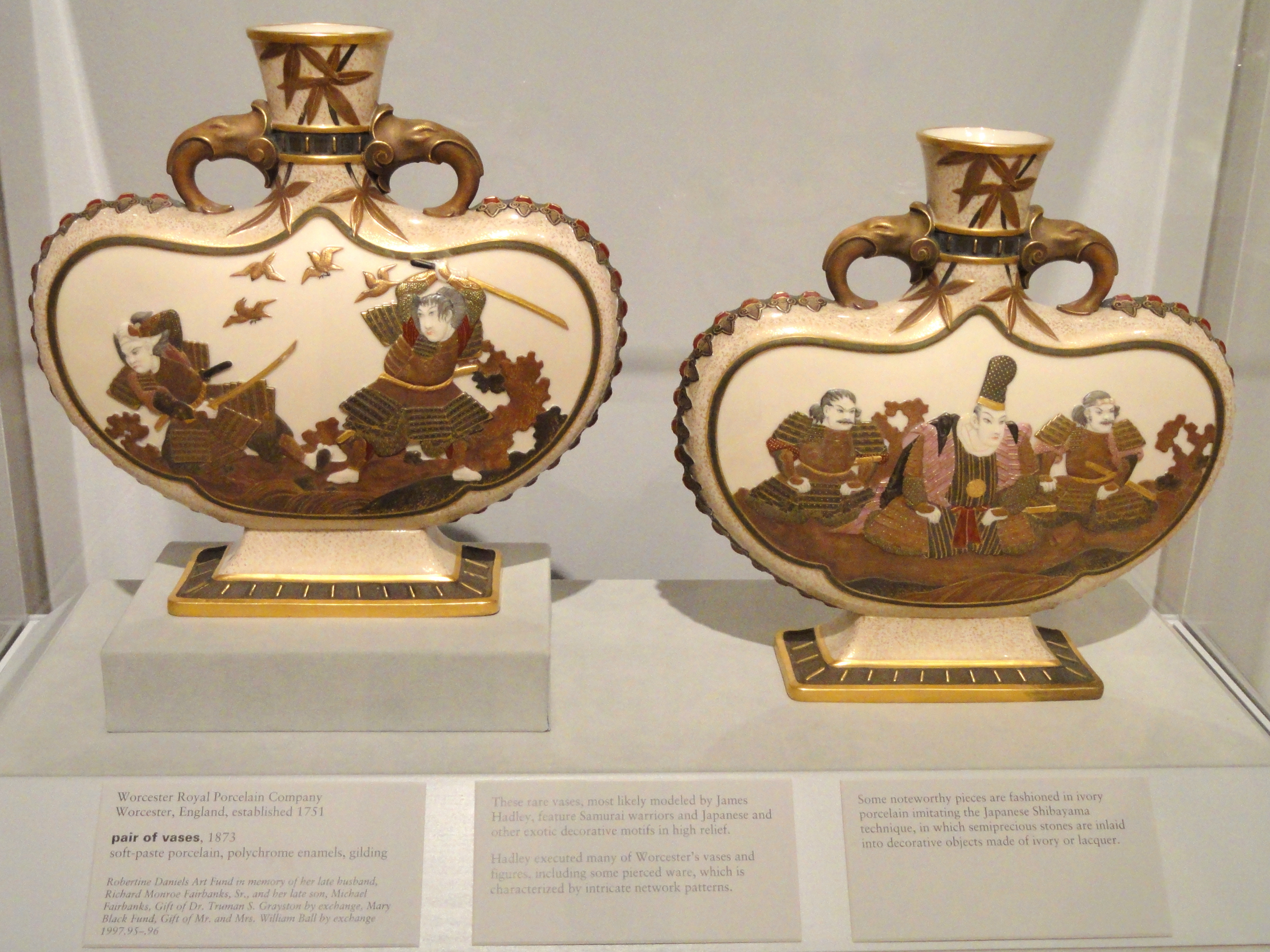
Royal Worcester, one of England’s oldest porcelain brands, is renowned for its fine craftsmanship and hand-painted detail. Established in 1751, this porcelain often features detailed floral and animal motifs, with delicate gold accents adding a touch of luxury. Royal Worcester ceramics are highly valued among collectors, especially pieces from the 19th century and early 20th century. Prices vary greatly, with smaller decorative pieces starting around $100, while rare or intricate items can sell for $1,000 or more. The brand’s longstanding history and elegant designs make Royal Worcester a prestigious name in ceramics.
Blue Ridge Pottery (USA)
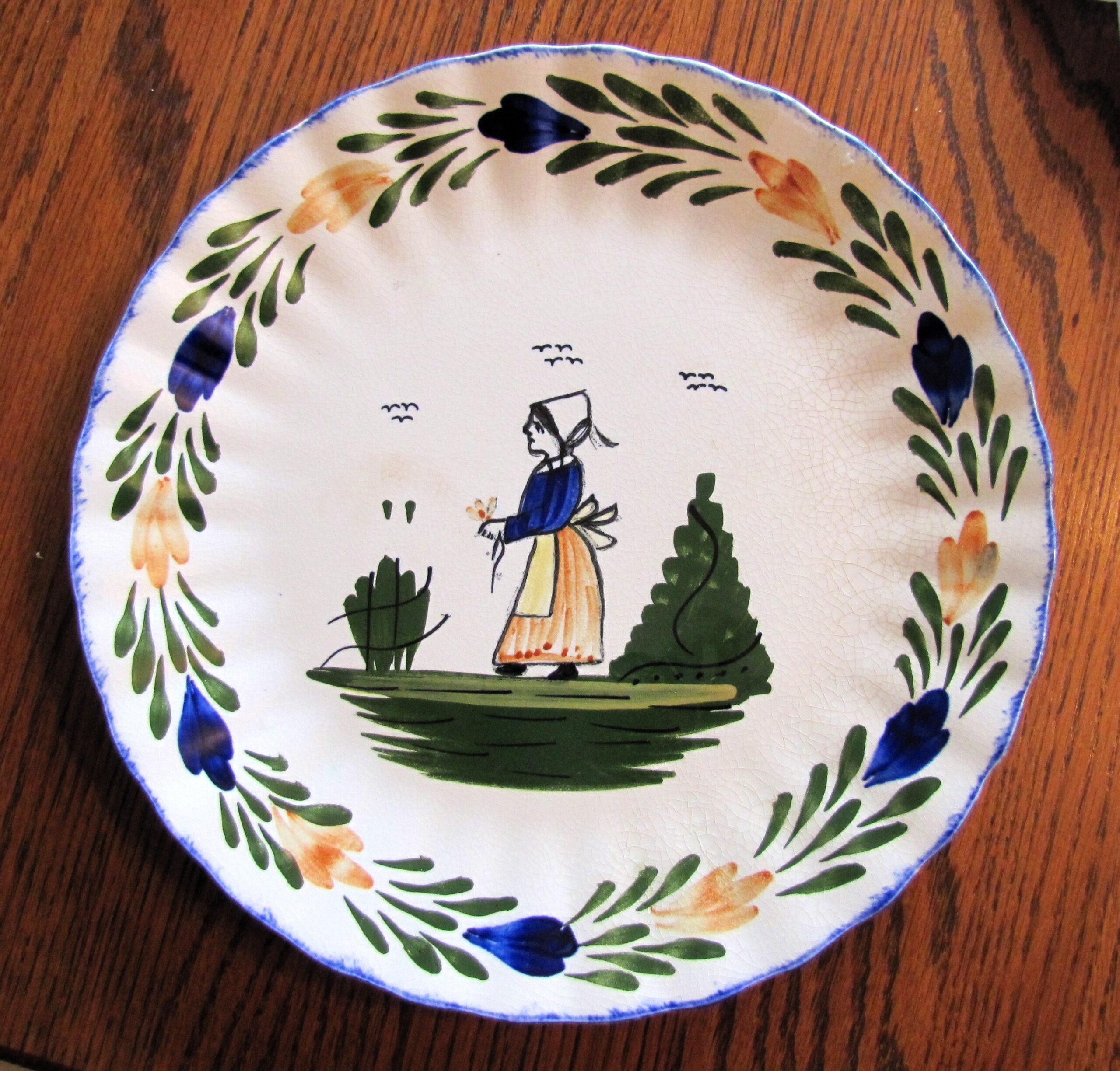
Blue Ridge Pottery, produced in the Appalachian Mountains of Tennessee, USA, is known for its colorful, hand-painted floral patterns. These ceramics, popular in the 1930s to 1950s, often feature cheerful, stylized flowers and simple designs, reflecting an American folk art style. Each piece is hand-painted, making them unique and highly collectible among vintage pottery enthusiasts. Prices for Blue Ridge Pottery range from $20 for common items to over $200 for rare patterns or larger pieces. The charming designs and nostalgic appeal make Blue Ridge Pottery beloved by collectors.
This article originally appeared on Rarest.org.
More from Rarest.org
18 Vintage Fashion Pieces That Have Become High-Value Collectibles
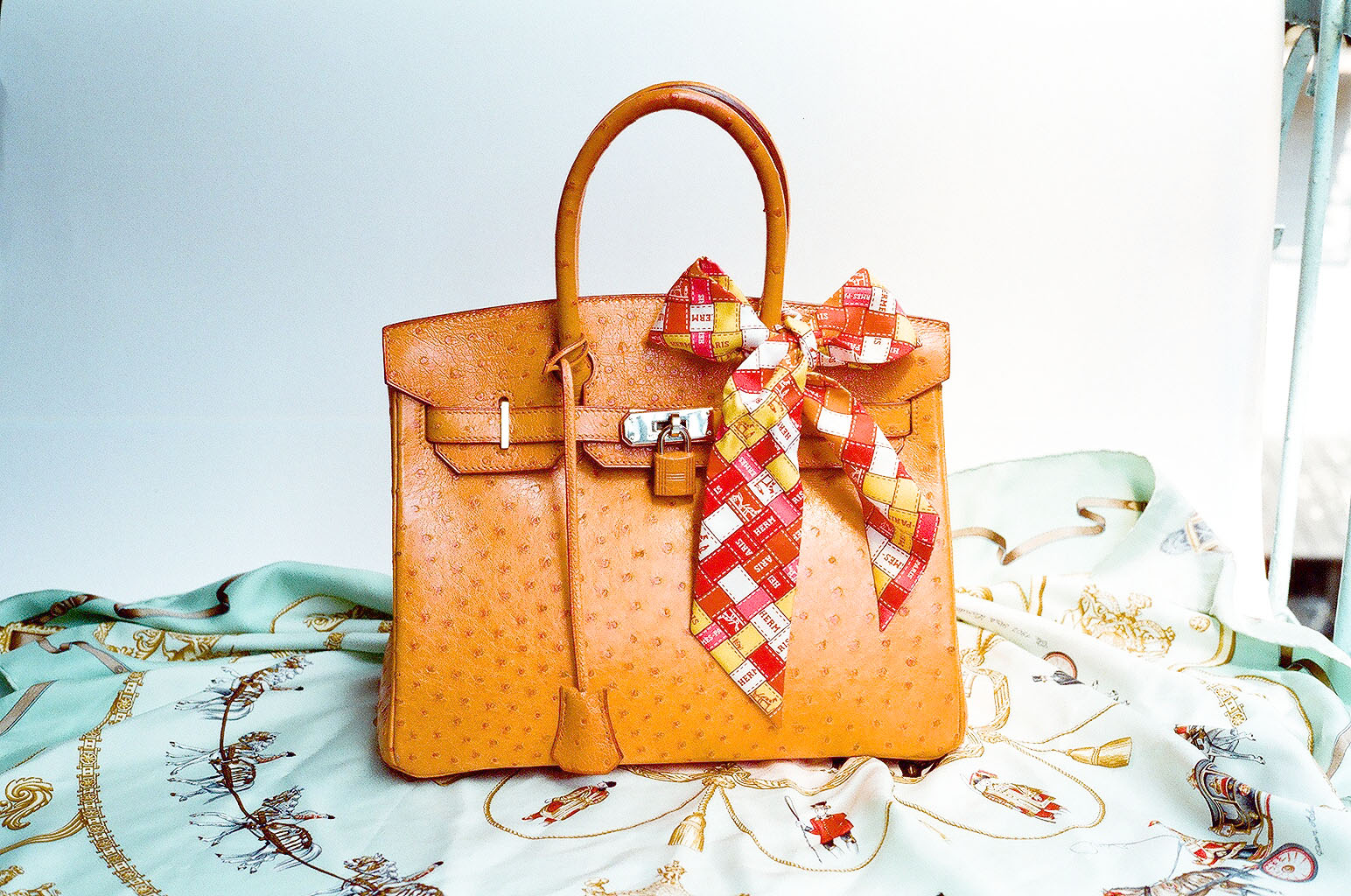
Vintage fashion pieces hold a special place in the hearts of collectors. Many of these iconic items have skyrocketed in value over the years, becoming coveted treasures. Read More.
8 Oldest Rocks Ever Discovered
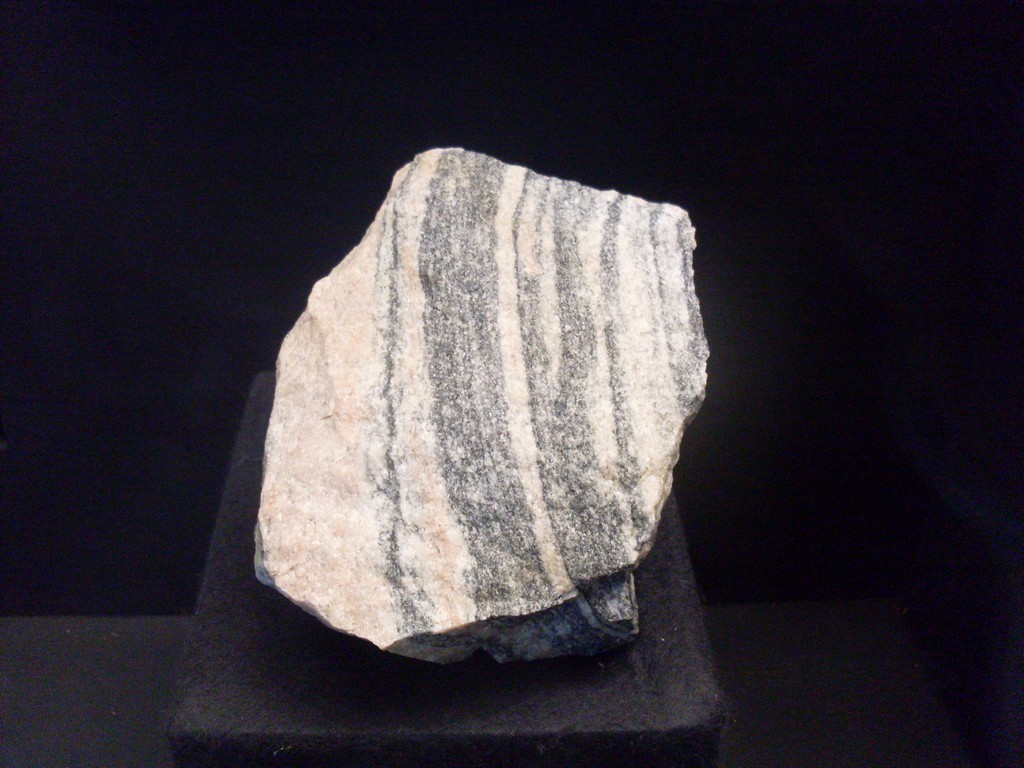
Earth’s history is written in stone, and some of the oldest rocks ever discovered offer a glimpse into the early days of our planet. Read More.
19 Largest Hotel Chains in the World

From budget-friendly to ultra-luxurious, the world’s largest hotel chains provide travelers with diverse options and experiences across every corner of the globe. Read More.
